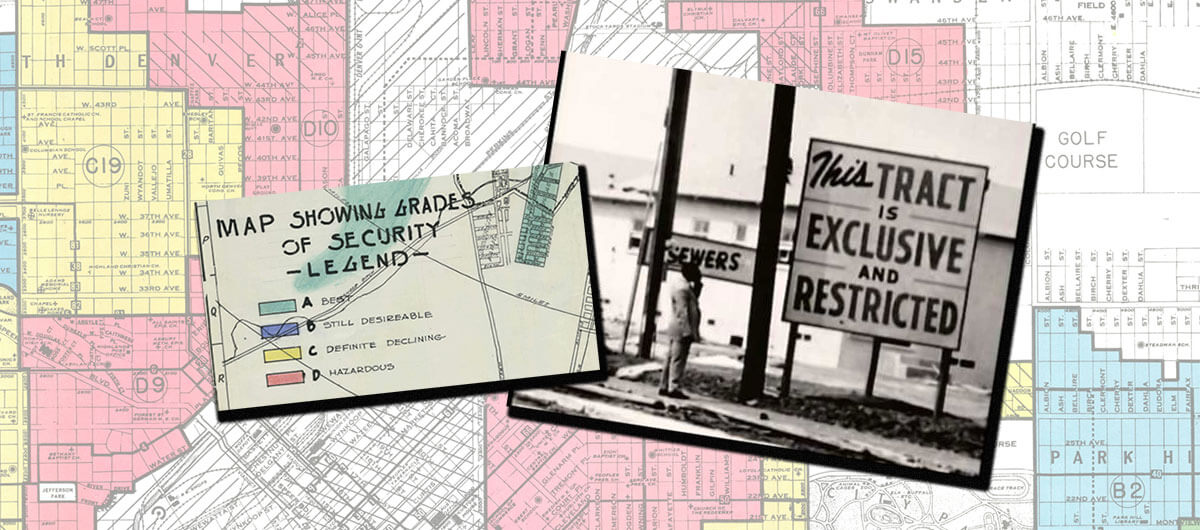

The Fifty One
Redlining Might Be Outlawed, But It’s Still Alive and Well
The practice that kept people of color from securing home and business loans was banned 50 years ago, but its impact, especially on food access, can still be felt acutely today.
This article was made possible because of the generous support of DAME members. We urgently need your help to keep publishing. Will you contribute just $5 a month to support our journalism?
Redlining—a practice that kept people of color from securing home or business loans, and prompted divestment in low-income communities from the 1930s to the 1960s—ended when President Lyndon B. Johnson signed the Fair Housing Act in 1968. But its effects are still being felt today. In this episode of The Fifty One, we look at the intersection between redlining and food access in communities throughout the country, how redlining helped create food insecurity, and why practices outlawed in the late 1960s are reappearing today.
The Fifty One is presented by DAME and produced and distributed by Critical Frequency. In our first season we have worked with local reporters across the country to explore food access in their communities. You can listen to the podcast on all platforms, and support the project here
Before you go, we hope you’ll consider supporting DAME’s journalism.
Today, just tiny number of corporations and billionaire owners are in control the news we watch and read. That influence shapes our culture and our understanding of the world. But at DAME, we serve as a counterbalance by doing things differently. We’re reader funded, which means our only agenda is to serve our readers. No both sides, no false equivalencies, no billionaire interests. Just our mission to publish the information and reporting that help you navigate the most complex issues we face.
But to keep publishing, stay independent and paywall free for all, we urgently need more support. During our Spring Membership drive, we hope you’ll join the community helping to build a more equitable media landscape with a monthly membership of just $5.00 per month or one-time gift in any amount.
















































































